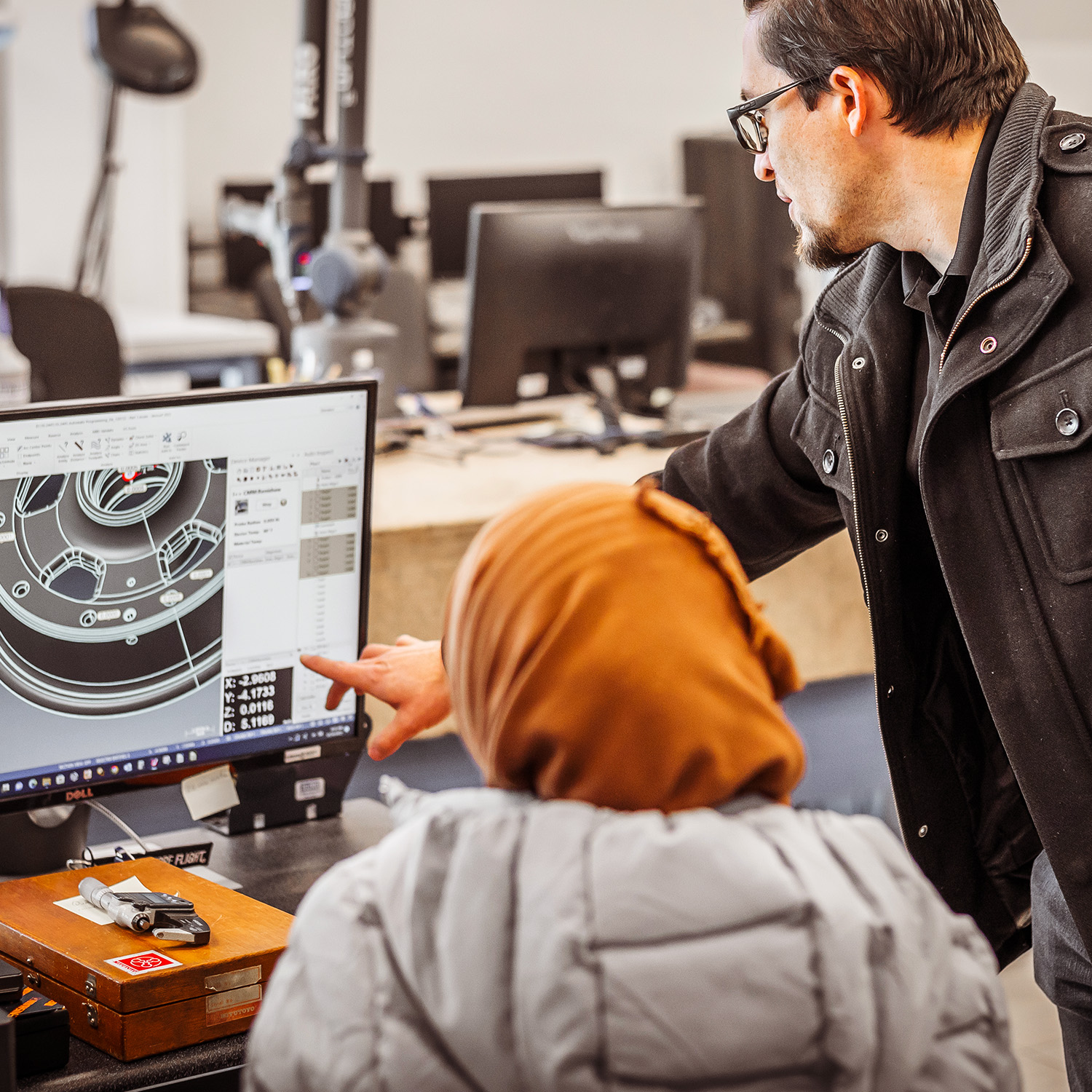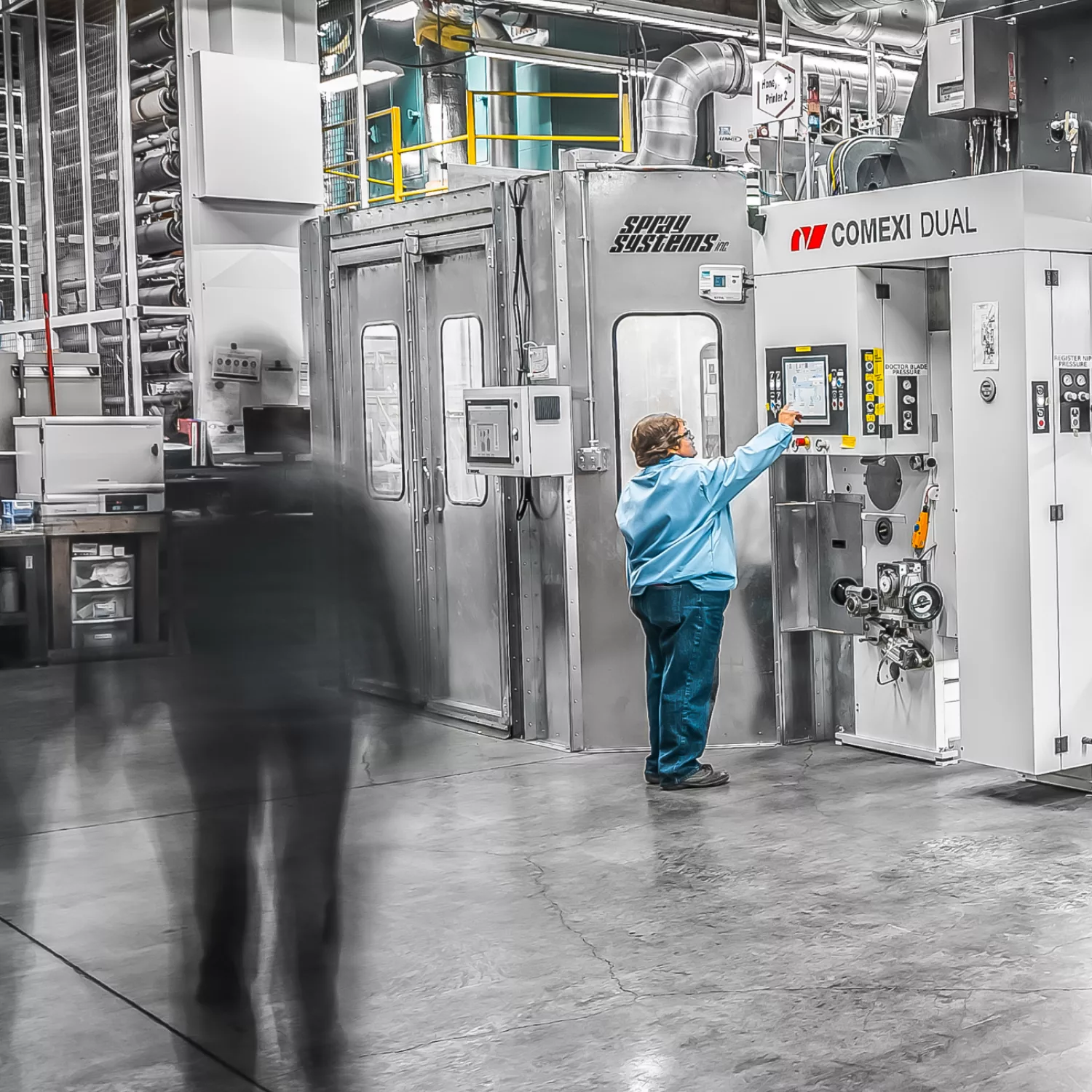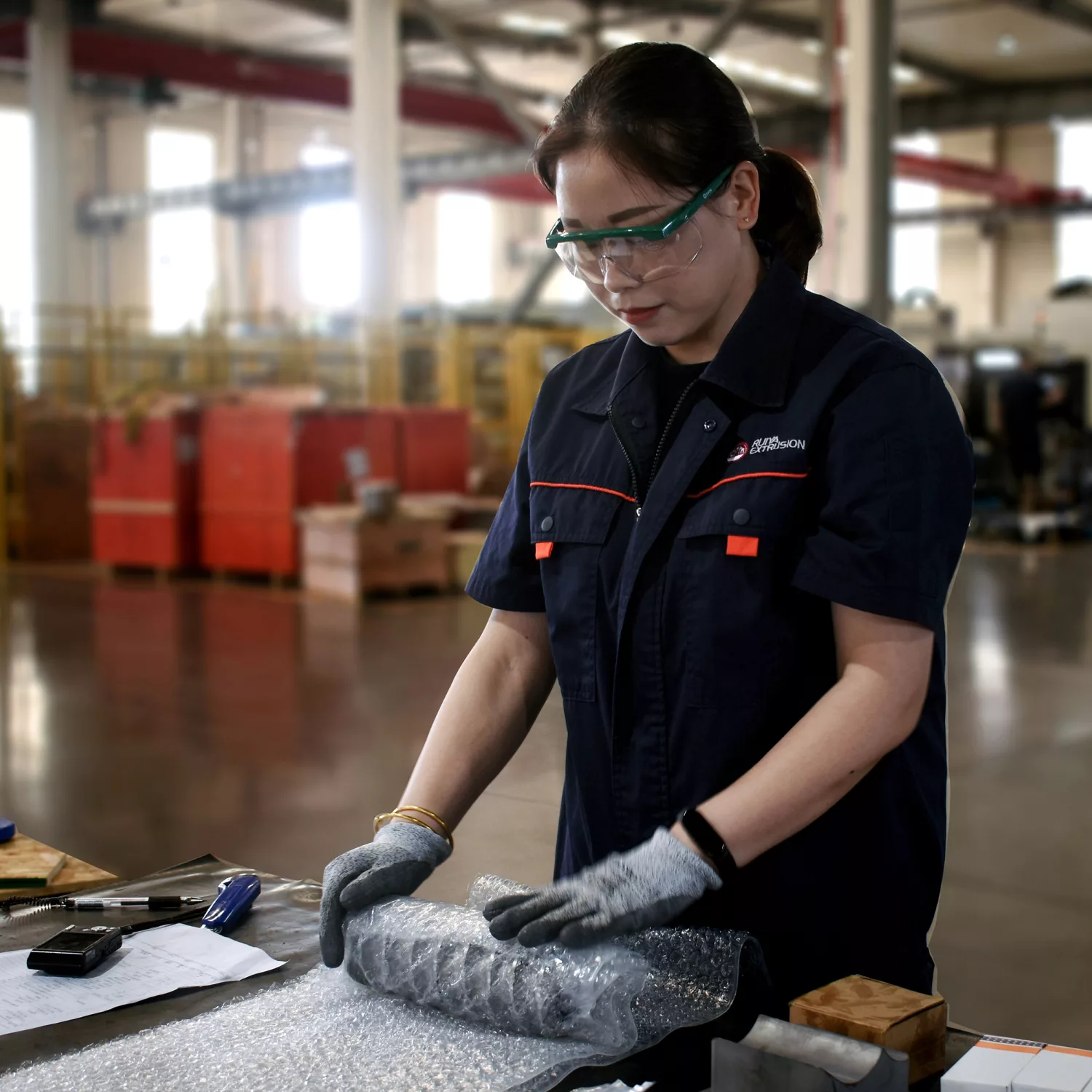In 2016, Air Treatment Corporation announced to its employees that they were now the company’s new owners. They formed an ESOP, Employee Stock Ownership Program. And Echo-Factory was lucky enough to be in the room.
We were there because the executives at Air Treatment understand that change, even very positive, can be scary. Announcing a change in the right way can significantly affect how successful or not that change is.
We’ve talked about how worthwhile it can be to invest in branding before a merger or acquisition. It can be just as important, or maybe even more critical, to brand the acquisition itself.
It’s no coincidence that when Air Treatment was announced to employees, then later to customers and vendors, they were met with unreserved enthusiasm. That enthusiasm was due, at least in part, to the weeks of planning we’d gone through with Air Treatment’s executive team. We worked with them to ensure we understood the company’s culture, values, and the transition to employee ownership. Then, we worked closely with the ESOP experts at Ambrose Advisors to ensure we understood the ins-and-outs of Air Treatment’s specific employee-ownership plan.
Finally, we put ourselves in the shoes of everyone affected by the transition. What would being part of an ESOP mean for Air Treatment employees? For their vendors? For their customers? What would their concerns be? What would they need to know right away to address those concerns?
Then, we turned those answers into a message. The core of that message was that the transition was good for everyone involved. Transitions in ownership are often part of the growth of a healthy company, and this transition from private ownership into an ESOP has many benefits. It preserves the direction and purpose of the company while incentivizing employees to give their all. From a broader perspective, several studies show that ESOP’s tend to outperform both the market as a whole and their own pre-ESOP metrics.
We translated that message first into an announcement to the company’s employees. Air Treatment has ten offices across California, Hawaii, and Guam. That meant that getting the company’s employees into one room for the announcement wasn’t practical. So, instead, we developed a hybrid in-person and online event. Employees who could make it to Air Treatment’s headquarters in Brea participated in-person, while the rest of the company joined a live webcast that we produced and streamed.
We developed a range of materials for the company’s customers and vendors, from talking points for phone calls to personalized letters and emails.
Finally, we followed up the meeting with video testimonials from other employee-owned companies in the Air Treatment industry, congratulating the company on their well-executed transition.
In the end, Air Treatment’s employees are thrilled to have a secure future and a direct stake in the company’s future, and customers and vendors are excited to be working with a stable partner with even more highly motivated employees.
It’s not the type of project most people consider branding, but it is. Every change of ownership, whether an employee ownership transition, a merger, or an acquisition, has a message it needs to convey. And that message will need to be conveyed intentionally and in specific ways to different groups within and outside the company.
How well that message is communicated will have a lot to do with how successful the transition is.
Is your company considering an ESOP? Is it an acquisition target? Is your brand considering a merger with another brand? Visit our merger and acquisition branding services page to learn more about the connection between branding and acquisitions.





